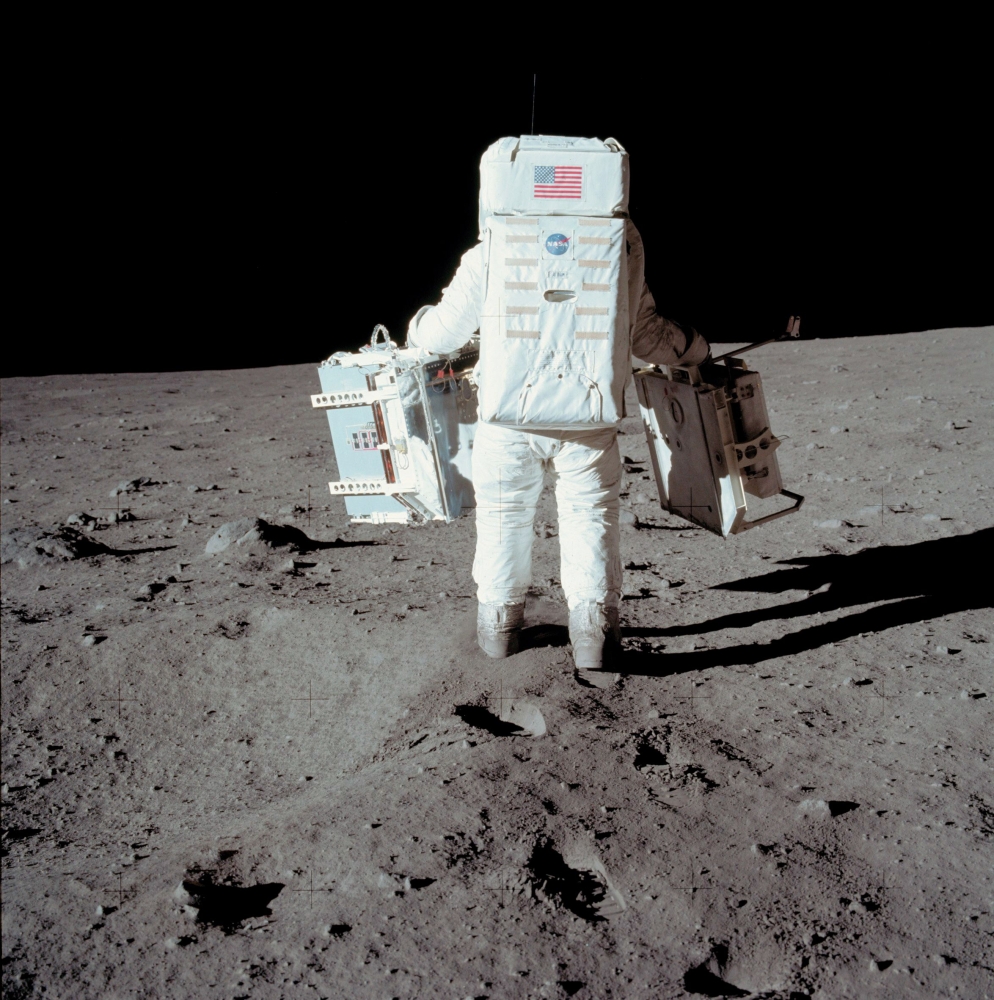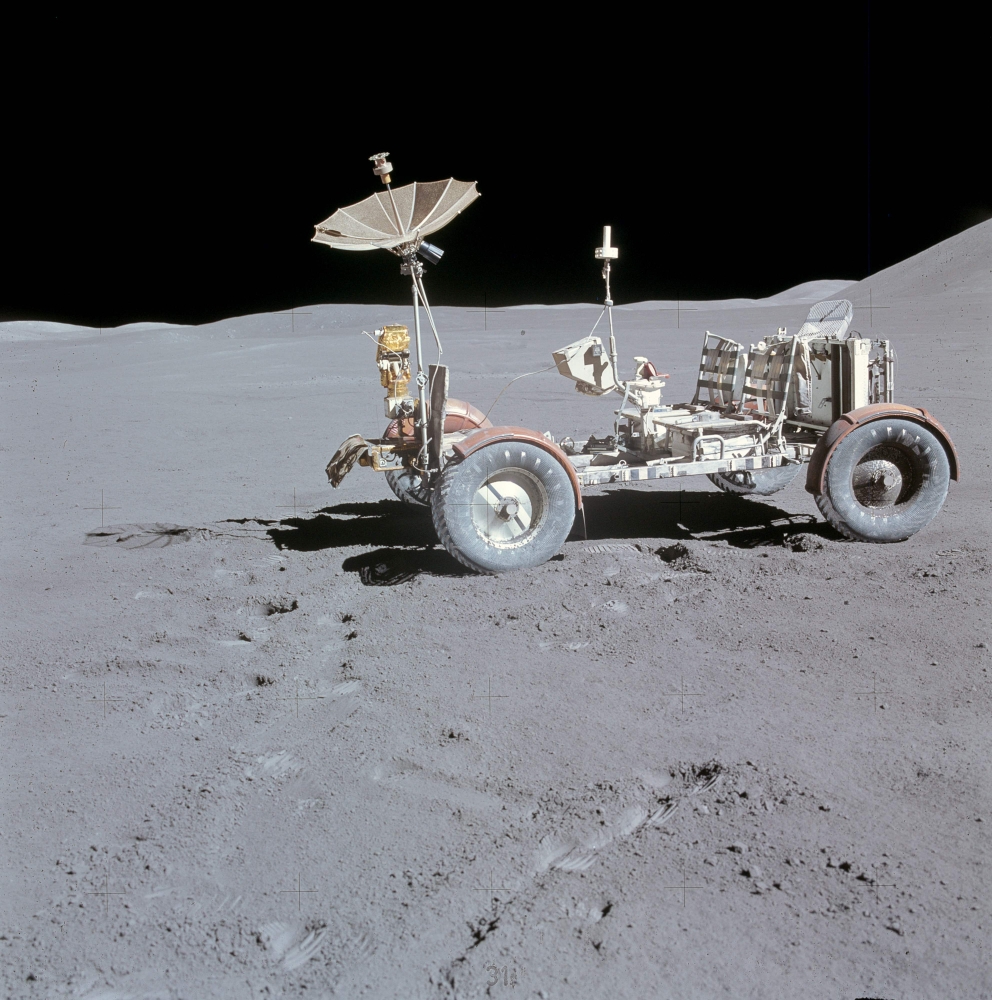- City Fajr Shuruq Duhr Asr Magrib Isha
- Dubai 04:20 05:42 12:28 15:53 19:08 20:30
Three rovers, six US flags, dozens of probes that either landed successfully or crashed, tools, cameras and trash: the Moon is dotted with hundreds of objects as a result of space exploration.
Some experts are calling to grant them heritage status to protect them from future tourists and human activity.

It all started on September 13, 1959 when Soviet probe Luna 2 smashed into Mare Imbrium, its 390 kilograms (859 pounds) of mass vaporizing, no doubt, on impact.
It was followed in succession by more Luna probes, then it was the Americans' turn with the Ranger and Surveyor programs.
And then, on July 20, 1969, the first humans, Neil Armstrong and Buzz Aldrin.

Photos: AFP
The pair spent 22 hours on the Sea of Tranquility. They left behind everything that wasn't necessary to taken back: the lunar module's descent stage, cameras, lunar boots, tongs, commemorative objects, and four "defecation collection devices."
Five more successful Apollo missions left behind hundreds of additional objects.
All told, the Moon has about a hundred sites where people have left their mark, according to For All Moonkind, a non-profit that seeks to preserve human heritage in space.
That's about 167 tonnes of material.
Legally, "the sites themselves aren't protected at all," said Michelle Hanlon, a law professor at the University of Mississippi who co-founded For All Moonkind in 2017 after the head of the European Space Agency Jan Worner joked that he wanted to bring back the American flag.
"So the boot prints, the rubber tracks, where items are on the site, which is so important, from an archaeological standpoint, they have no protection," she added.
Halon fears the Apollo sites will one day attract the attention of tourists, who could kick up lunar dust that cuts like glass and can be highly damaging.
"If somebody were to get too close to the LEM, there's nothing in international law right now that says you can't just drive a rover right up to it, and actually take a peek at it," she said.
"We need protections against inadvertent as well as intentional acts."
![]() Follow Emirates 24|7 on Google News.
Follow Emirates 24|7 on Google News.